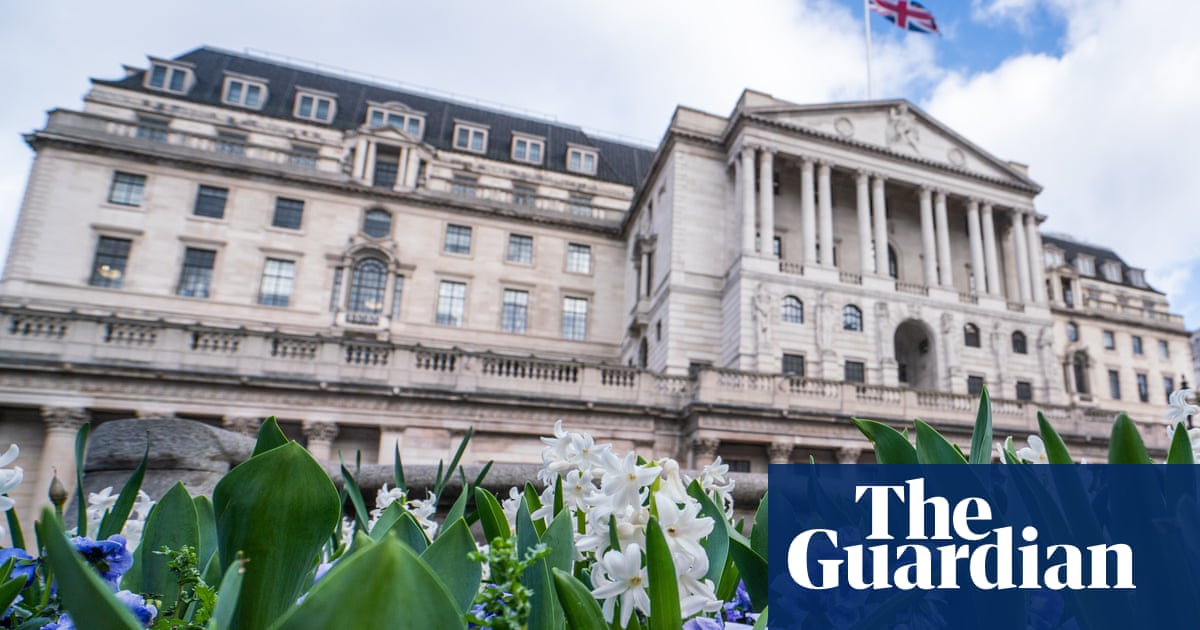
WASHINGTON, Jan 5 (Reuters) - A "very tight" job market and unabated inflation might require the Federal Reserve to raise interest rates sooner than expected and begin reducing its overall asset holdings as a second brake on the economy, U.S. central bank policymakers said in their meeting last month.
In a document released on Wednesday that markets took as decidedly hawkish, the minutes from the Dec. 14-15 policy meeting showed Fed officials uniformly concerned about the pace of price increases that promised to persist, alongside global supply bottlenecks "well into" 2022.
Those concerns, at least as of mid-December, even appeared to outweigh the risks potentially posed by the fast-surging Omicron variant of the coronavirus, seen by some Fed officials as likely adding further to inflation pressures but not "fundamentally altering the path of economic recovery in the United States."
"Participants generally noted that, given their individual outlooks for the economy, the labor market, and inflation, it may become warranted to increase the federal funds rate sooner or at a faster pace than participants had earlier anticipated. Some participants also noted that it could be appropriate to begin to reduce the size of the Federal Reserve"s balance sheet relatively soon after beginning to raise the federal funds rate," the minutes stated.
The language showed the depth of the consensus that has emerged at the Fed in recent weeks over the need to move against high inflation - not just by raising borrowing costs but by acting with a second lever and reducing the central bank"s holdings of Treasury bonds and mortgage-backed securities. The Fed has about $8.8 trillion on its balance sheet, much of it accumulated during the coronavirus pandemic to keep financial markets stable and hold down long-term interest rates.
Markets swiftly took note.
The probability that the Fed would lift interest rates in March for the first time since the pandemic"s onset rose to greater than 70%, as tracked by CME Group"s FedWatch tool.
That, plus the prospect of the Fed reducing its presence in long-term bond markets, pushed the U.S. 10-year Treasury yield to its strongest level since April 2021.
U.S. stocks tumbled, with the S&P 500 (.SPX) index down about 1.6%,as the readout of last month"s meeting showed perhaps even more conviction than investors had expected among Fed policymakers to tackle inflation. The yield on the 2-year Treasury note , the maturity most sensitive to Fed policy expectations, shot to its highest level since March 2020 when the pandemic-fueled economic crisis was unfolding.












